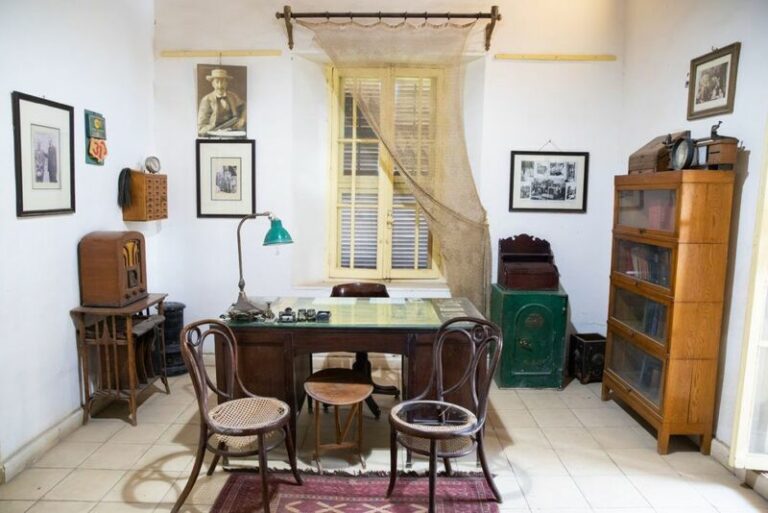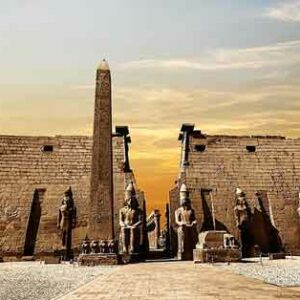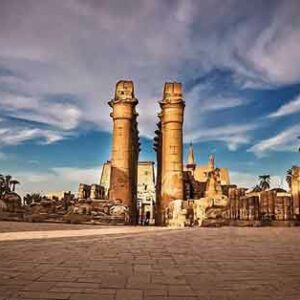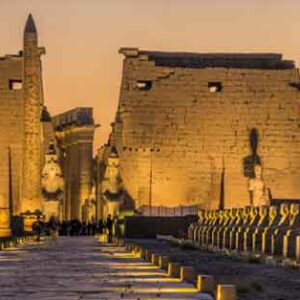The hidden treasures of Luxor City
Luxor is one of the most interesting cities in Egypt. The city, named as ancient Thebes during the ruling Pharaonic era, hosts numerous historical sites that we call the hidden treasures of Luxor.
Luxor and Aswan represent two of the most interesting cities to explore on a tour of Egypt. The two cities host several historical sites and amazing places to visit.
Nevertheless, the highlights or major monuments of Luxor are quite known and popular among travelers who tour Egypt. The highlights of Luxor include the Karnak Temple, the Luxor Temple, the Temple of Queen Hatshepsut, the Valley of the Kings, and the Colossi of Memnon.
However, Luxor hosts many hidden treasures or historical sites that are less visited by tourists who spend their vacations in Egypt, yet these hidden gems are extremely magnificent and worth visiting. We will be addressing some of Luxor hidden treasures in this article.
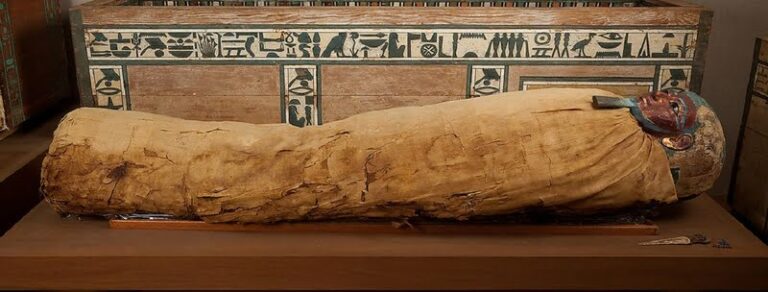
The Mummification Museum in Luxor
Located on the Nile Kornish beside the Temple of Luxor, the Mummification Museum was opened in 1997 in the ruling period of Mohamed Hosni Mubarak, the former president of Egypt. The objective of the museum is to illustrate everything about this ancient Egyptian art and techniques. The museum grabs the attention of several tourists who spend their holidays in Egypt.
The interesting Mummification Museum in Luxor, featured with its dim lighting system and distinctive style of exhibitions, hosts more than 150 pieces of ancient Egyptian antiquities which are all related to the mummification process.
It is highly recommended for tourists enjoying their vacations in Egypt to pay the museum a visit as it is located in walking distances from many hotels and where the Nile cruises, sailing between Luxor and Aswan, are located.
Among the interesting displays in the Mummification Museum in Luxor is the bed ancient Egyptians used to carry out the mummification process. This was found in tomb number 63 in the Valley of the Kings. This is in addition to some original tools that were used in the process itself like special knives, scissors, and scalpels.
The Temple of Ramses III in Medinet Habu
Situated in the West Bank of Luxor, the Temple of Ramses III in Medinet Habu is one of the matchless mortuary temples to explore during a tour to Egypt. King Ramses III constructed this quite impressive temple during the 12th century BC, more than 3500 years ago.
Dedicated to the worship of the god Amun, the Temple of Ramses III in Medinet Habu is considered the second largest Pharaonic temple in Egypt, after the Karnak complex of temples. The most magnificent features of the temple include several pillars in the hypostyle hall, many colored wall portraits and statues, and numerous places to view and admire.
The Valley of the Queens
The Valley of the Queens is one of the most popular ancient necropolises in Egypt and the second most important Pharaohs burial site in Luxor after the Valley of the Kings. While the kings of the New Kingdom started digging their tombs deep into the Theban mountains in the Valley of the Kings, they selected another valley about 10 kilometers to the South to bury the bodies of their royal queens, princes, and leading dignitaries.
Although the Valley of the Queens was used as an ancient necropolis in the 18th dynasty, only at the beginning of the 19th dynasty, the royal wives of the Pharaoh Ramses I were buried there.
Despite there are more than 80 royal tombs in the Valley of the Queens, only a few of them are open to the public all year long in order to preserve and restore the tombs regularly.
The Tomb of Nefertari is considered to be the most beautiful ancient tomb in Luxor, the tomb of Queen Nefertari was closed in 1986 and it was restored for more than 9 years before its reopening in 1995 offering the chance to view the amazing ancient Egyptian art for many travelers who come for vacations in Egypt.
The Luxor Museum
The Luxor Museum has a remarkable position located in the East Bank of the city of Luxor, just half way in the middle between the main two Pharaonic temples of the city, the Karnak temple and the Luxor temple.
The Luxor Museum, with its marvelous design, hosts a fine collection of statues and art crafts that go back to Pharaonic, Roman, Coptic, and Islamic eras. All the exhibitions displayed in the Luxor Museum were found in the city of Luxor and the areas around it.
When the guest enters the museum, a huge gilded head of Hathour, the ancient Pharaonic god of beauty, which was discovered in the Tut Ankh Amun tomb in the valley of the kings in the west bank attracts his eyes immediately. The garden or the open air of the Luxor Museum contains a collection of sculptures and statues that mainly belong to the New kingdom.
There is also the collection that belongs to the king Akhenaton that contains two busts and a reconstructed wall consisting of 283 sand bricks collected together from the small temple of Akhenaton which was located inside the Karnak Complex.
The Luxor Museum hosts a fine collection of Coptic displays that consist of a number of pottery, pieces of clothes, and a number of dishes. This is beside the Islamic collection that mostly belongs to the Mamluk era.
The House of Howard Carter
Situated in the West Bank of the River Nile in Luxor, there is the house that used to accommodate Howard Carter, renowned British archaeologist who was responsible for the discovery of the Tomb of Tut Ankh Amun in 1922, considered as the most important archeological discovery of the 20th century.
Howard Carter house was transformed into a public museum in Luxor. Howard Carter. It contains some of the belongings of Howard Carter, old maps about his discoveries, and many other interesting displays.




